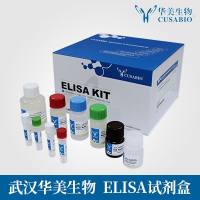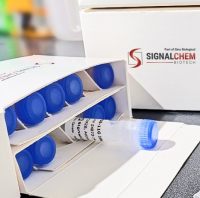Direct analysis of T-cells of defined specificity and phenotype, without in vitro manipulation that accompanies limiting dilution analysis or other restimulation protocols for evaluating precursor frequency, provides the most accurate representation possible of in vivo events. The natural ligand of the T-cell receptor (TCR), the peptide-major histocompatibility, could be used to identify T-cells of a given specificity, but the use of a single peptide-MHC would fail because the affinity of the peptide-MHC for its TCR ligand is characterized by a very fast dissociation rate (1 ,2 ). A tetrameric peptide-MHC, however, exhibits sufficient affinity for its TCR ligand to permit its use as a staining reagent in flow cytometry so that peptide-specific T-cells can be visualized by fluorescent markers conjugated to the tetramer (3 ,4 ). By combining this approach with fluorescent antibodies staining phenotypic markers or intra- cellular cytokines, this novel and powerful technology now provides a more rapid and informative assessment of antigen-specific T-cells in a given population. Furthermore, sorting individual tetramer+ cells provides an expeditious means for detailed single cell analysis or sorting followed by in vitro expansion. We and others have demonstrated that peptide-MHC tetramers can be used for the purposes discussed in the next sections.






